 |
|
 |
|
|
|||||||
| We no longer use activation emails. Please allow 24h after sign up and your account should work |
 |
|
|
Thread Tools | Display Modes |
|
#141
|
|||
|
|||
|
Almost certainly, I can't recall any but do remember a significant number of Poles and often wondered if they had served?
|
|
#142
|
|||
|
|||
|
When I worked in the Loco Shed, Kit used to travel in bye with the drillers at approx 1100 in the yellow sub, he was usually out bye at 1400 and usually called ahead to send in the Loco and lower the drift set for him. I was often instructed to phone all the mother gates from the Loco Shed to tell them he was in the pit. His progress was was monitored at every point Y58, 1WW etc to try to establish were he was going so they could be ready for him!
|
|
#143
|
|||
|
|||
|
His age given as 92 on facebook site, would have been tight to have been in Chindits.
|
|
#144
|
||||
|
||||
|
NEIMME Say he was a Burma Star holder, this was awarded for service in the Burma Campaign operational area between 11 December 1941 and 2nd September 1945. There are odd complexities to WW2 Campaign medals and the Burma star is no exception. To qualify for the star you had to have already qualified for the 1939-45 Star, which required six months service in an 'operational command' ( for the army there was an exception for that star - airborne troops qualified after two months. ) If the person entered the Burma operational area within the last six months of the qualification period , but did not serve in any subsequent qualifying theatre for one of the other stars, they the were eligible for the Burma Star, but not the 1939-45 Star.
|
|
#145
|
||||
|
||||
|
Quote:
Although that not much help unless we know if he received the 1939-45 star as well.  Sold a few Burma Stars over the years. 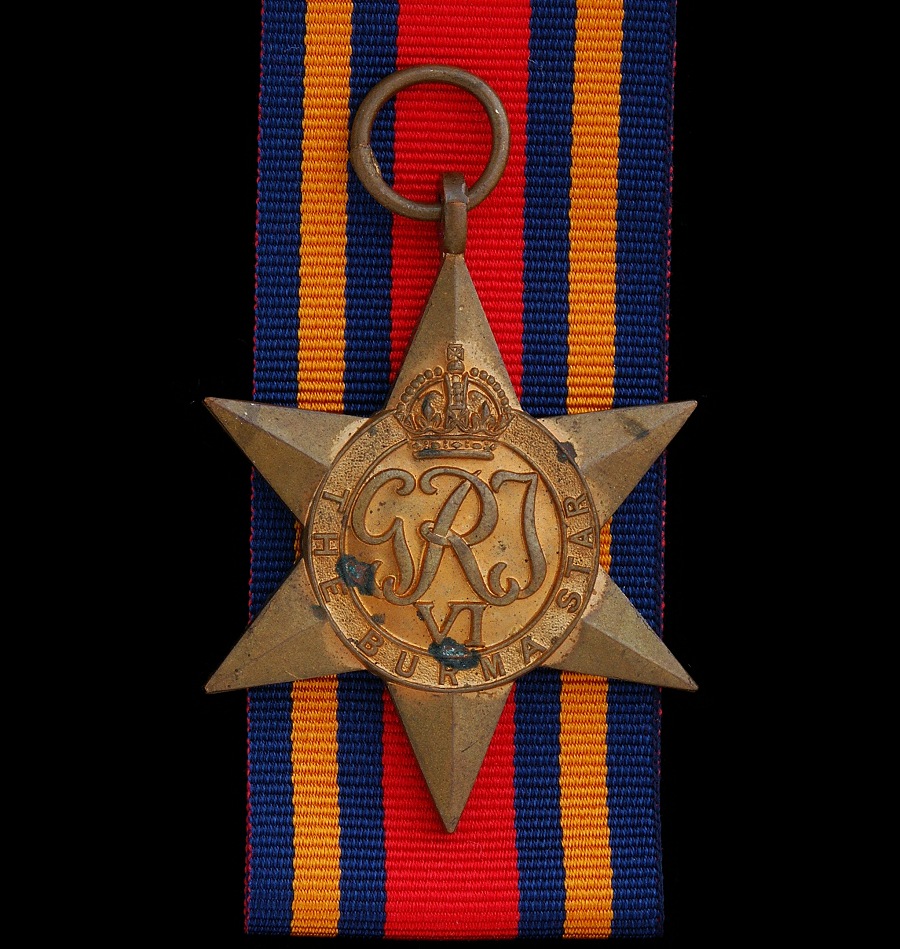
|
|
#146
|
|||
|
|||
|
ref; the orange coloured rectangular shape, could this of been the old settling tank for Whittle , but never cleaned out.
|
|
#147
|
|||
|
|||
|
its a pity no one has a copy of the plans of Longframlington Colliery workings to put down next to Whittle plans so we can see how close they got to each other
|
|
#148
|
||||
|
||||
|
Business took me over to Overgrass today which is out west of Swarland. Was there 41 years ago, never thought I'd have any reason to be over there again. Anyway, near Overgrass Farm there's an abandoned building, which was part of Whittle Colliery, the building housed a pair of fans on top of two shafts that intersect the workings at 85 metres depth. Thought I'd add a few snaps for posterity as the place is mentioned in this thread elsewhere. Location on Google maps
Must have been 1980 or 81 as an apprentice electrician I spent some time over there wiring up control equipment, when the place was new. 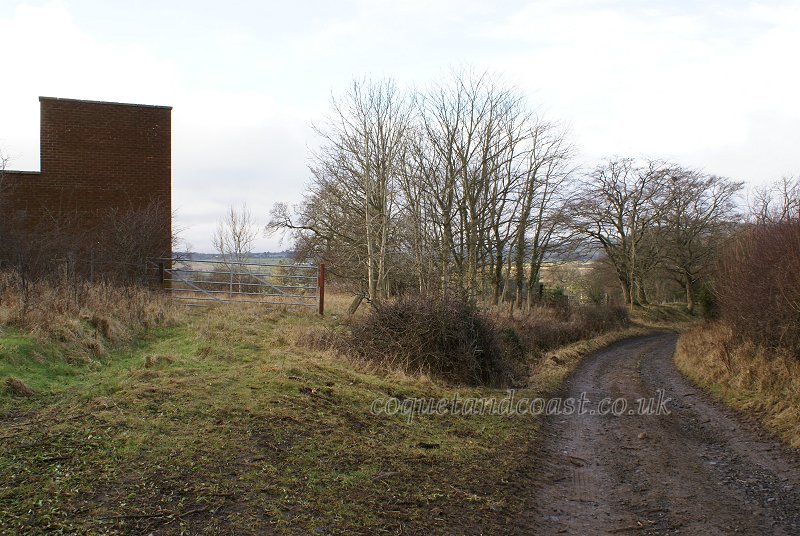 That's the building on the left, the track on the right leads down the valley to Swarland burn; down there is a ruin of a medieval tower. I asked some locals about this today but it's on private land. link link location on Google maps Beyond the metal gate of the fanhouse, far distance, otherside of the valley is Longframlington. This dirt track road down to overgrass marks the rough limit of what was the 'Top Side' coal faces of Whittle colliery, The faces in this particular area being worked in the 70s. Some faces stopped on the south east side of the road, some crossed it to the north west. The Shillbottle seam outcrops in the fields north west of the dirt track and old workings are prolific here according to the Coal Authority data. 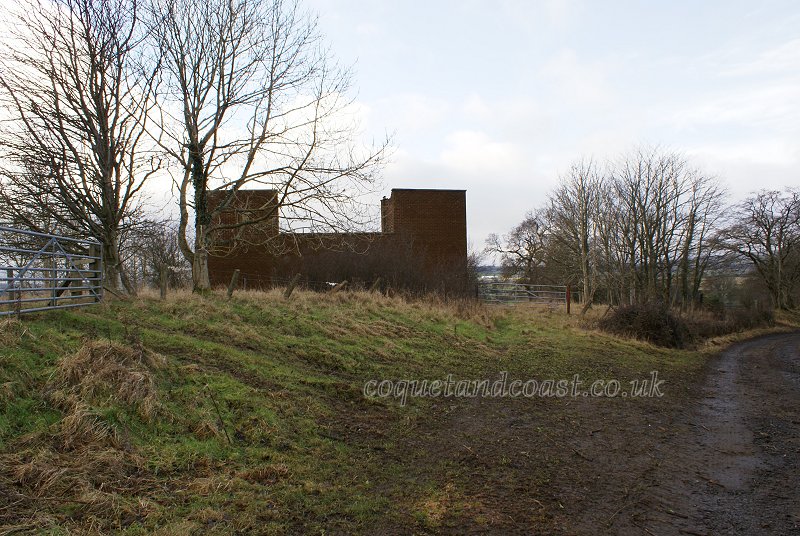 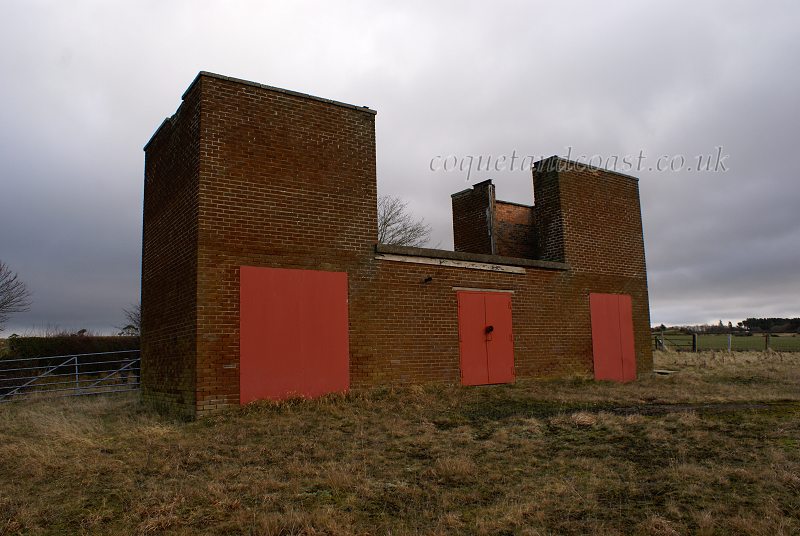
|
|
#149
|
||||
|
||||
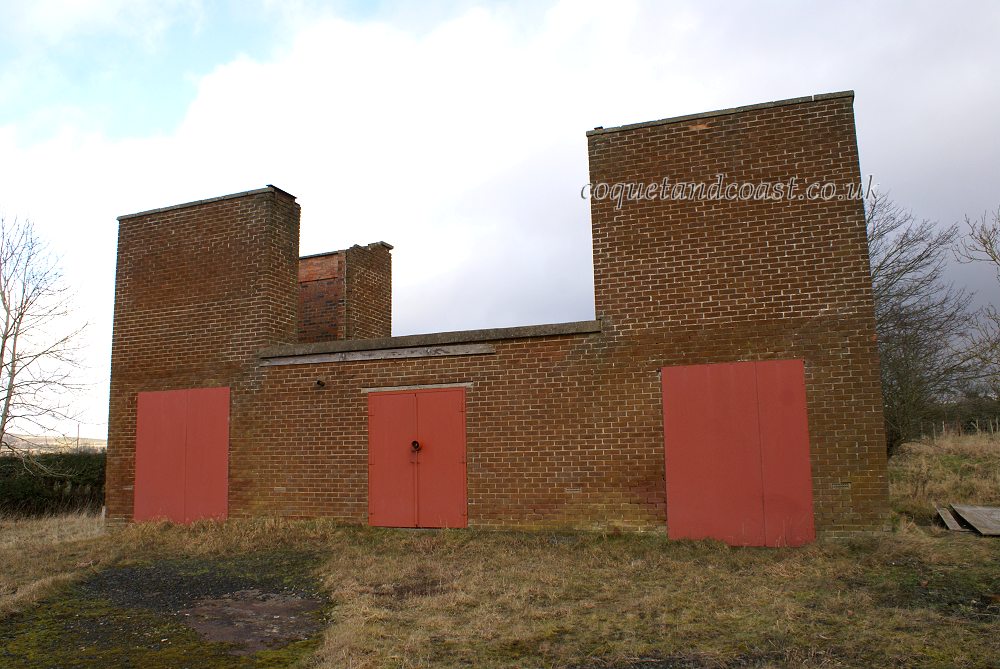 Newcastle Journal notice, 17 July 1976 refers to the impending development Statuary Notices. Notice Under Section 26 Northumberland County Council (Local Planning Authority) Proposed Development at Overgrass Farm Notice is hereby given that application is being made to Northumberland County Council by the National Coal Board in respect of the erection of Ventilation Chimneys over boreholes to be drilled to underground workings at Overgrass Farm Longframlington. A copy of the application and of the plans and other documents submitted with it may be inspected at all reasonable hours at the office of the Area Surveyor and Minerals Manage, National Coal Board, North East Area Headquarters, Coal House, Team Valley Trading Estate, Gateshead, or the office of the Manager Whittle Colliery, Shilbottle, Northumberland during the period of 21 days beginning with the date of publication of this Notice. Any person who wishes to make representations to the above mentioned Council about the application should make them in writing within that period to the Northumberland County Planning Officer, County Hall…. Signed A.E. Richardson Area Surveyor and Minerals Manager on behalf of the National Coal Board Date 16th July 1976. |
|
#150
|
||||
|
||||
|
The shafts, which were 1.22m diameter, were cut by the raised boring method. A pilot hole is drilled down to the workings, then miners underground attach a shaft diameter bit to the end of drill rod; this is then pulled up to the surface to cut the shaft. All the cut rock waste falling down the shaft and is cleared away underground.
|
|
#151
|
||||
|
||||
|
That is really interesting.Have you a picture of the drill bit?
How did the guys on the surface know when to stop in order to let the men underneath clear away the rock ? |
|
#152
|
||||
|
||||
|
Quote:
Here's a bit being attached in some Turkish mine, and one reaching the surface And a nice animation of the process |
 |
|
|